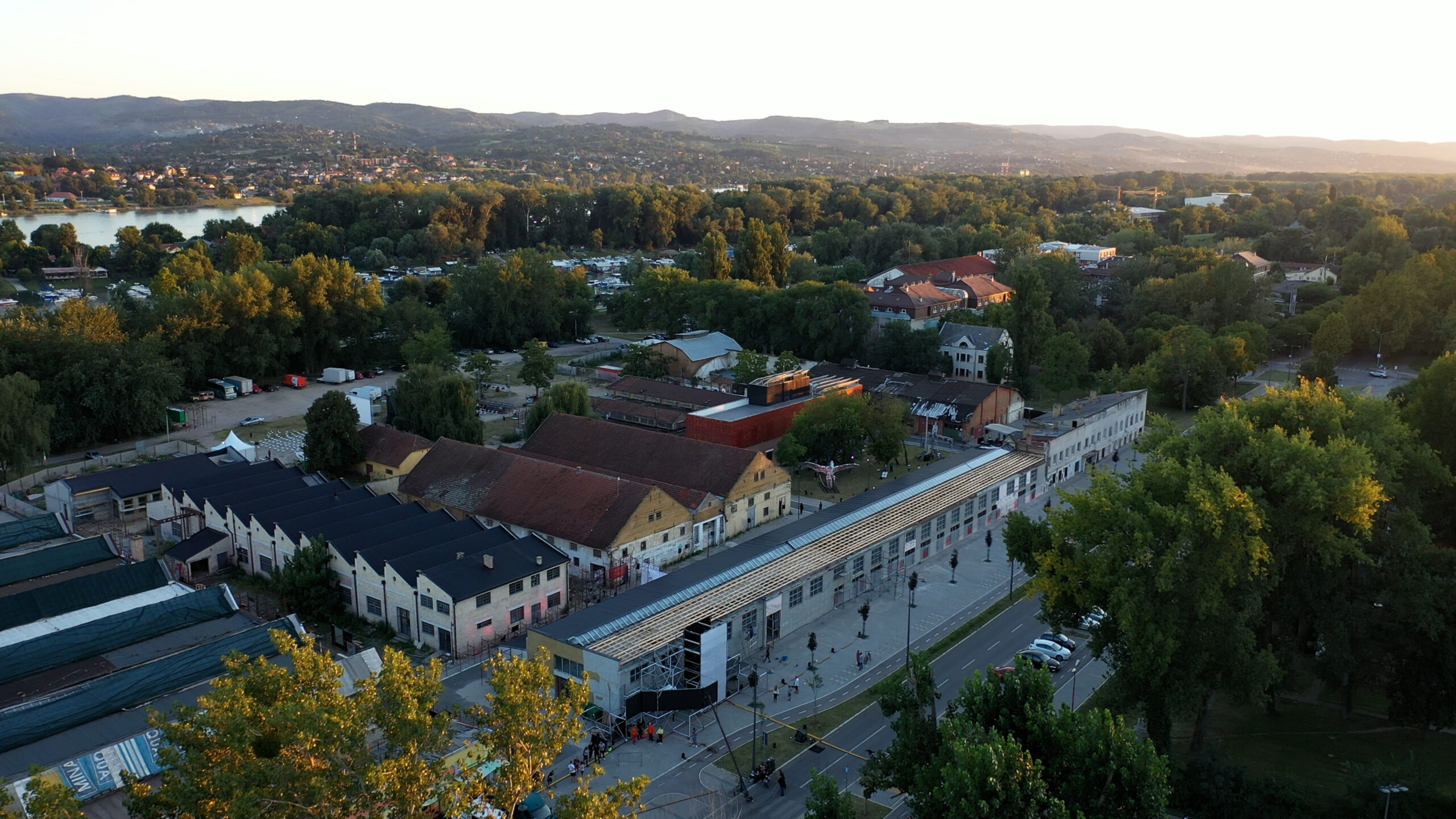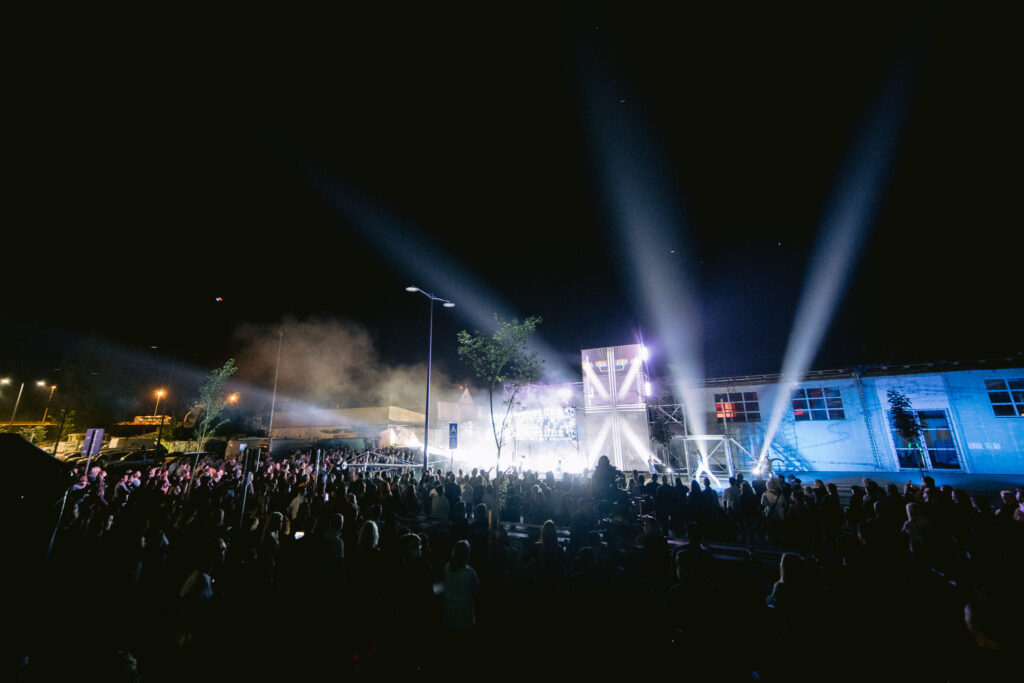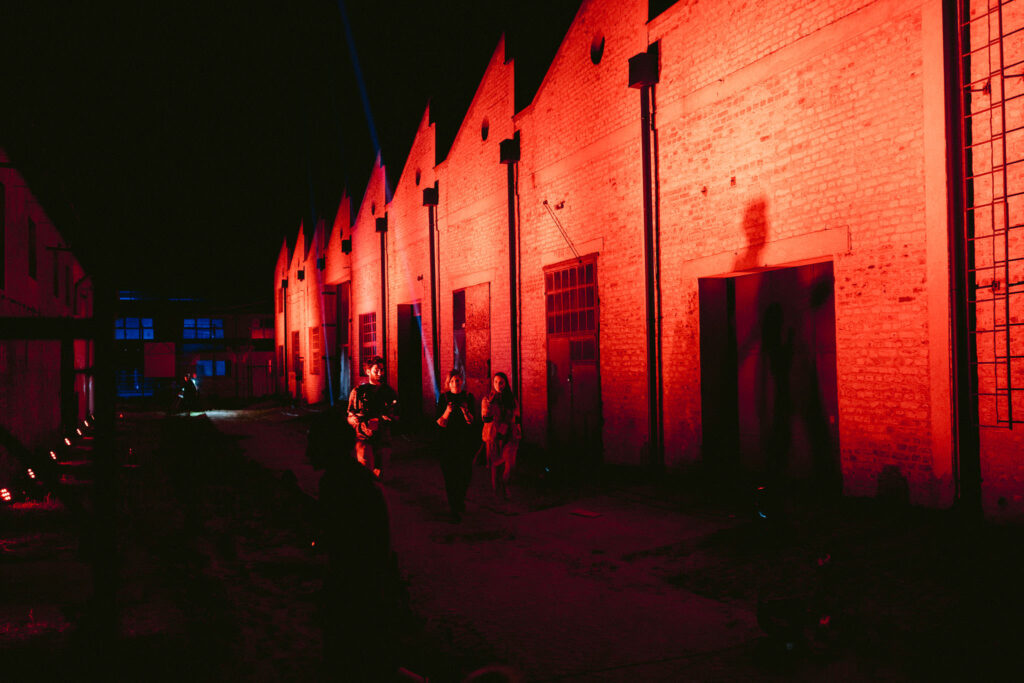In the so-called Creative District in Novi Sad, the second biggest city in Serbia, which will bear the title of European Capital of Culture in 2022, the sounds of machines and tools of the former industrial zone of the city, will soon be replaced by a creative drive of contemporary creation.
In light of preparations for the title year, the transformation of the industrial zone, a space that has been fostering a 100-year long history of craftsmanship heritage across 11 thousand square metres, is well under way and is already giving outlines of the future Novi Sad centre for contemporary creation located next to the Danube.
Out of seven big spaces for organising and implementing different types of events, and the smaller ones which will be used by both artists and new users again, the Creative District in Novi Sad, located in part of the city titled Great Liman, will encompass a total of 12 objects, which represent a model for restoration and preservation of industrial heritage, not just in Novi Sad but the rest of Europe as well.
The idea of turning the abandoned and unsafe zone into a Creative District took off when Novi Sad was declared European Capital of Culture for the year 2021 (the title year was moved to 2022 due to coronavirus pandemic). The architectural and industrial heritage of the former industrial complex ‘Braća Kramer’, i.e., ‘Petar Drapšin’, has been preserved and restored this way, and soon enough it will be developed even further. Thanks to this, a long-forgotten yet fascinating history of Great Liman, as well as the name itself, was rediscovered.
The beginnings of this new model were visible during the opening ceremony of the last year’s flagship festival of the Novi Sad – European Capital of Culture project, Kaleidoscope of Culture, which emphasised connecting industrial heritage and contemporary creation through the programmes that it offered. Thus, even before the restoration finishes, there are new opportunities opening for artists, who were inspired by this space last year, while the audience is starting to get to know and adapt to this new location, i.e., a district that will continue to be used for various content even after the title year.
Within the preparations for the European Capital of Culture title year and through infrastructure projects, Novi Sad has set up new practices for preserving architectural heritage, which will be given a new life and put in use of the citizens. In addition to the Creative District, Novi Sad has developed a model of culture unique in the region – a network of cultural stations that opened their doors to artists and local citizens long before the title year.
Besides the Petrovaradin Fortress, Almaš Neighbourhood, City Centre and cultural stations, the space of Great Liman is one out of five cultural hubs of Novi Sad, mapped so as to emphasize cultural, historical and tourist potential of the city.
Moreover, Novi Sad got its first-ever City Concert Hall, while the Music and Ballet schools got a permanent residence after more than 100 and 70 years, while the Suburbium of the Petrovaradin Fortress has been reconstructed after almost 300 years. Through the ‘New Places – Microgranting’ project, the citizens of Novi Sad, as the ones that recognize the needs of the local community best, are getting a chance to improve small public spaces, thus creating new spaces through new programmes.



